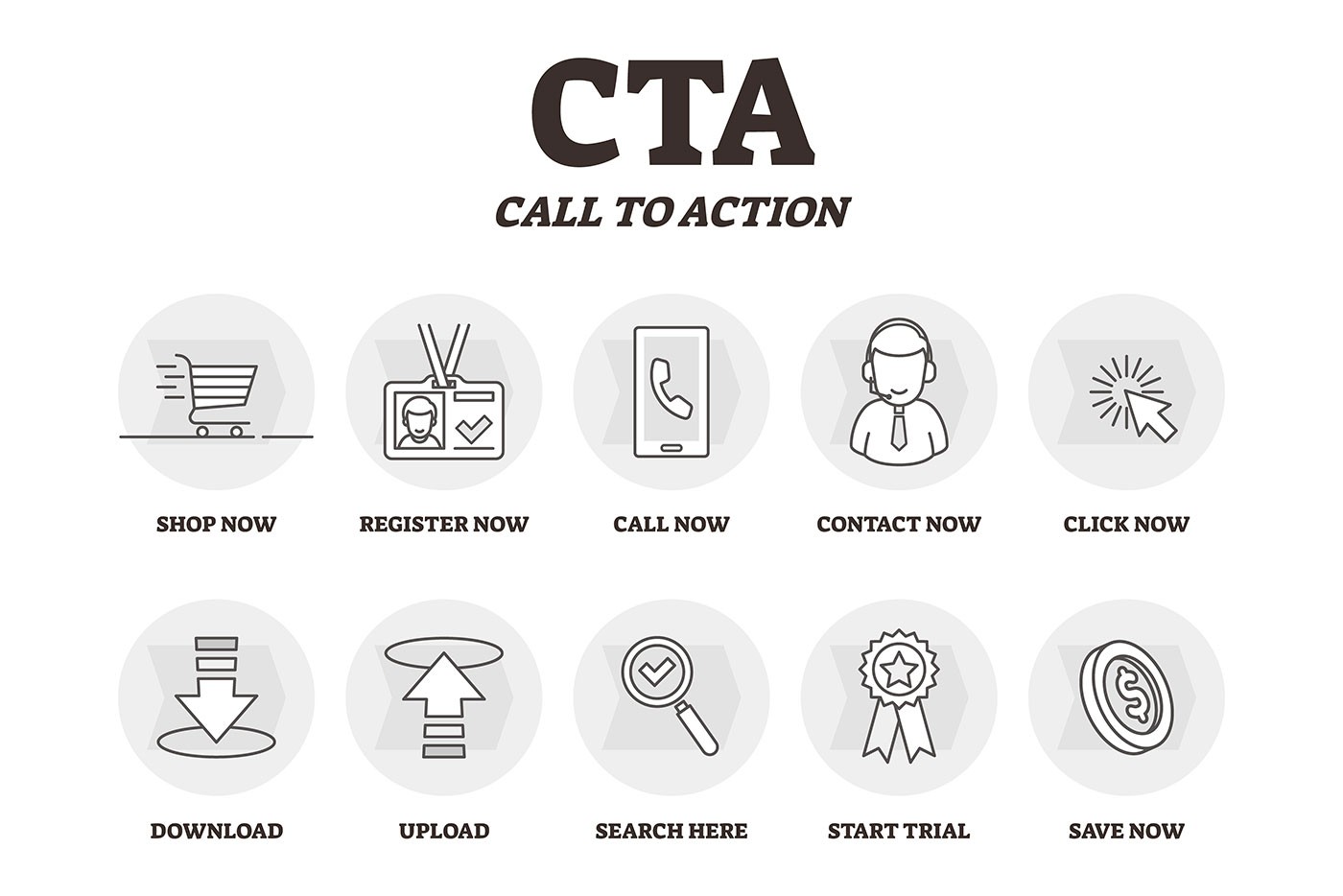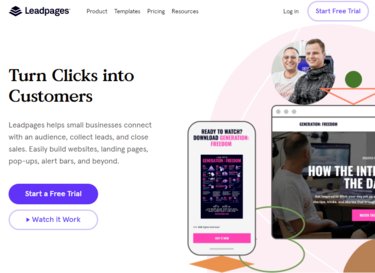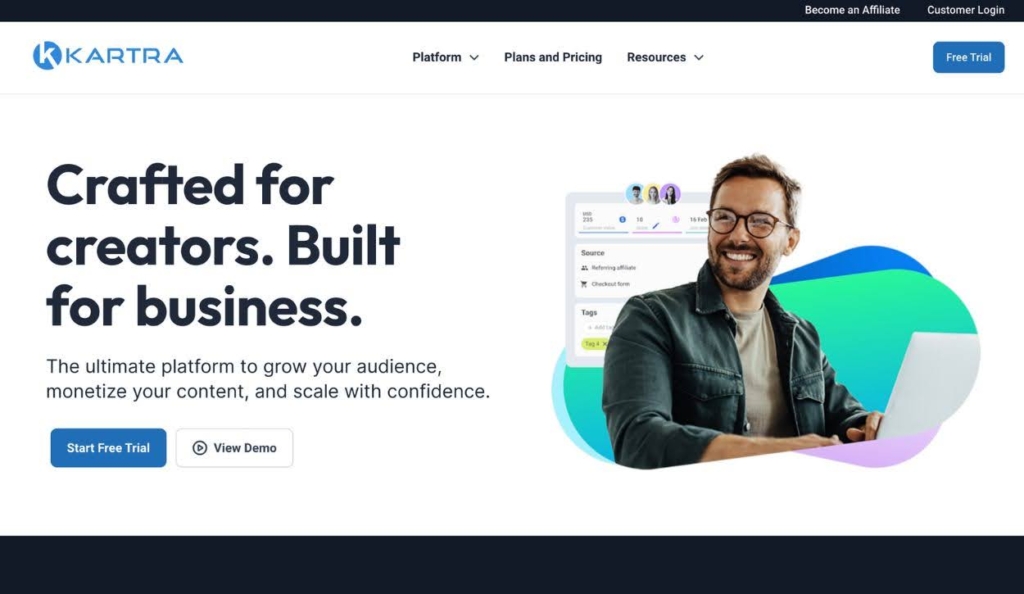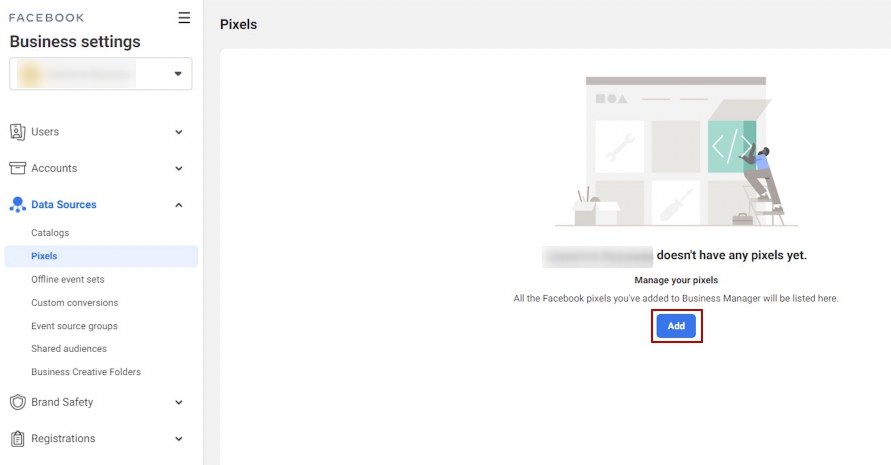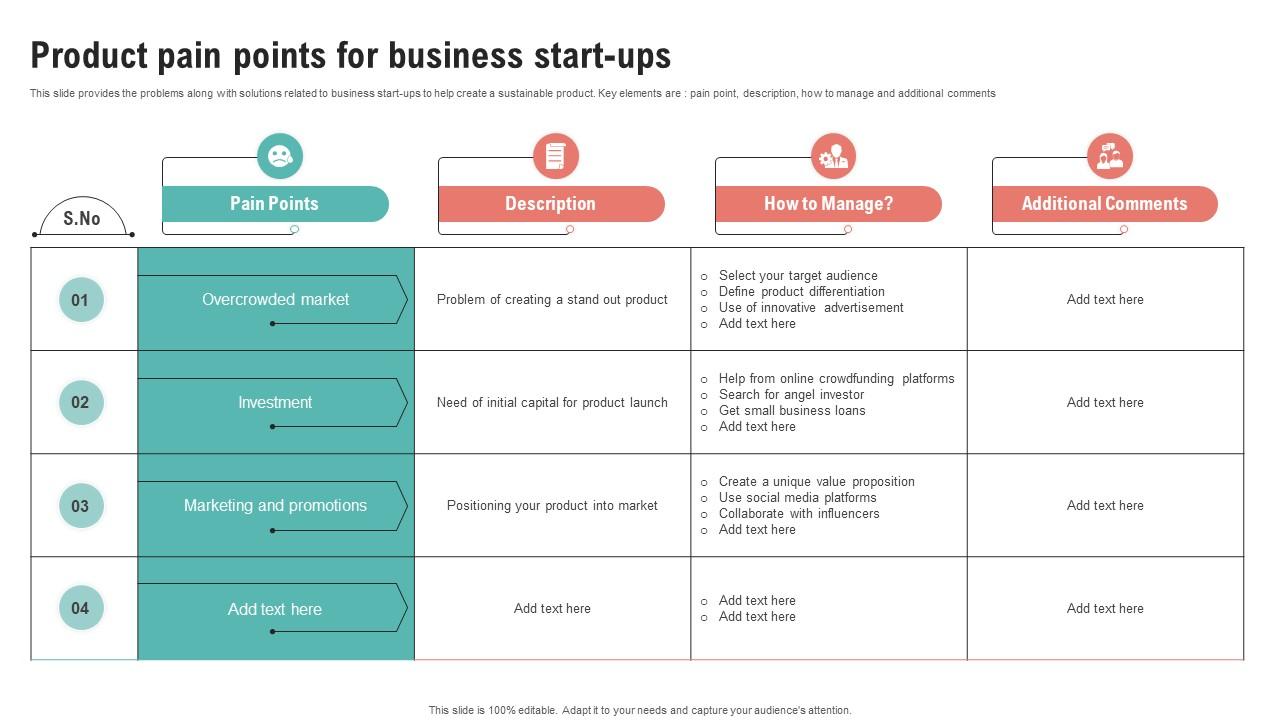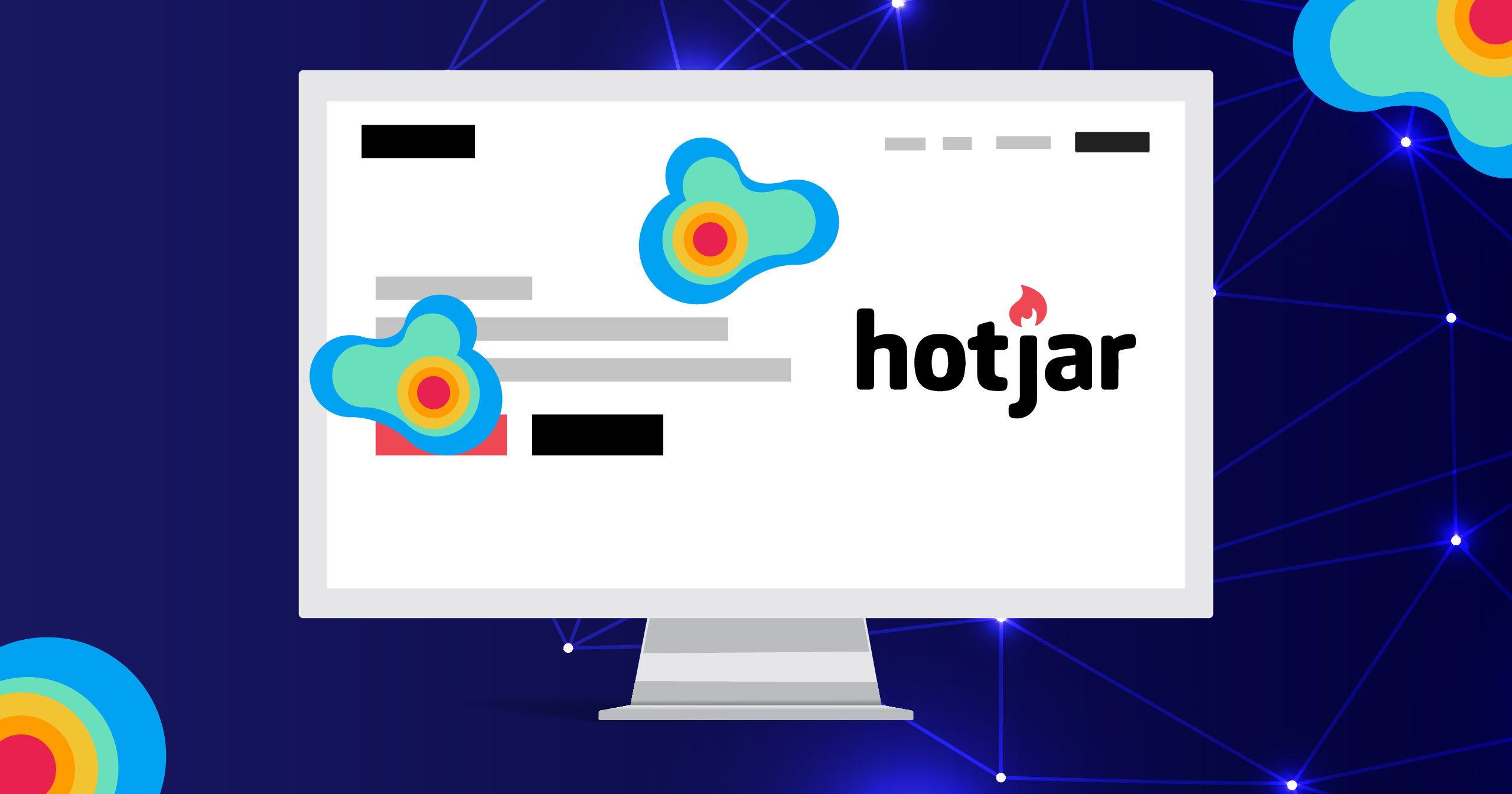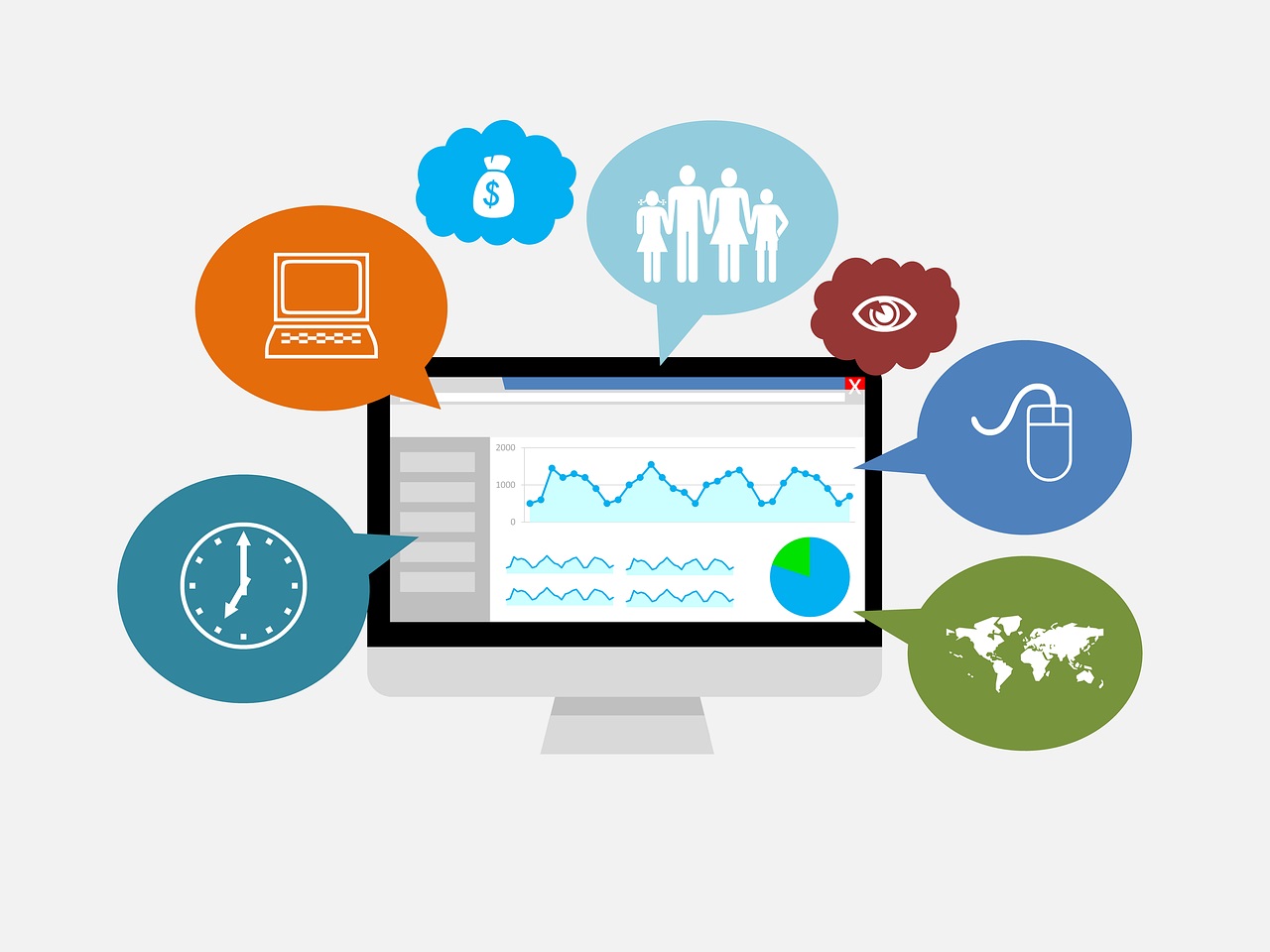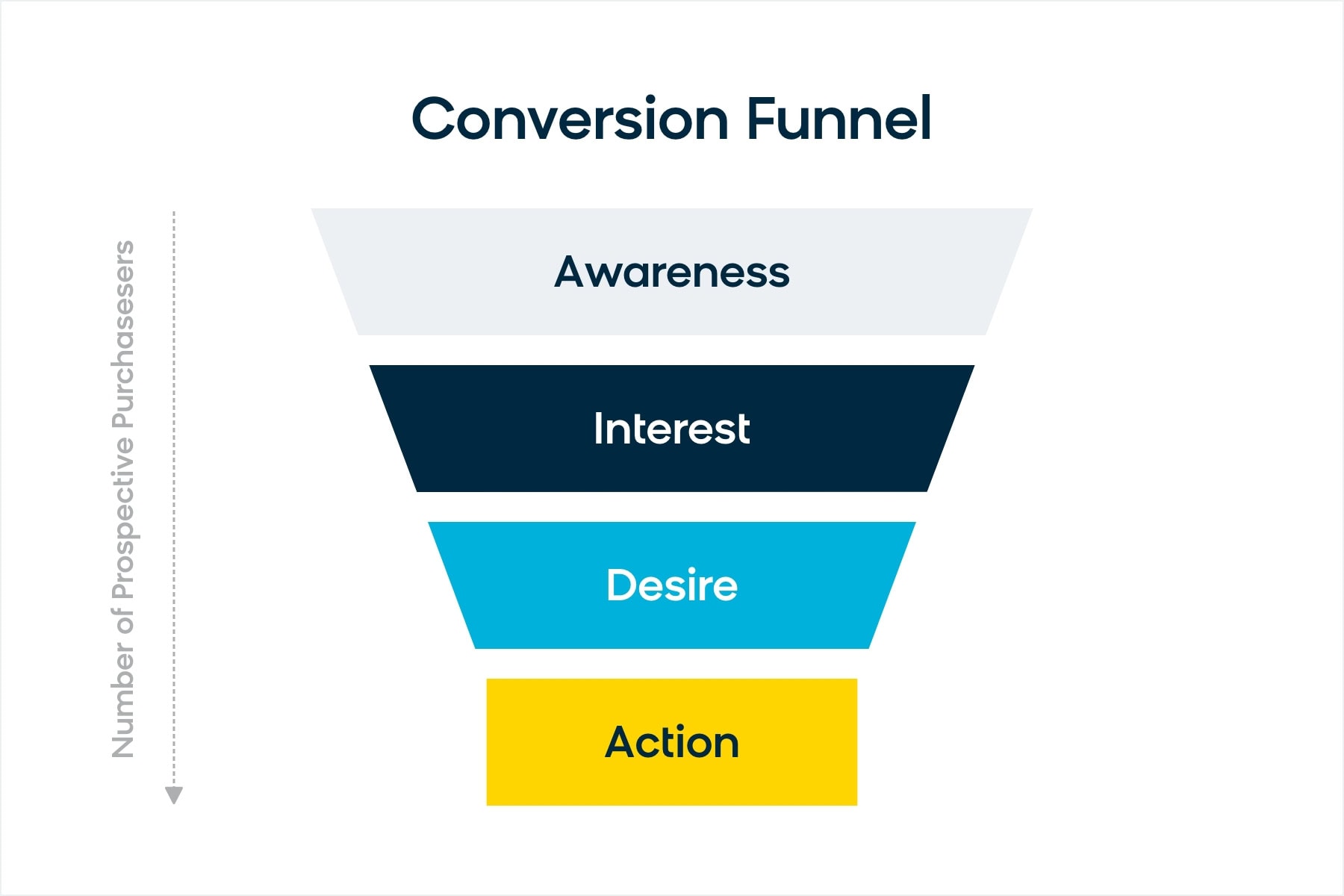
Published: Sep 28, 2024
7 Proven Steps to Craft a Killer Online Business Strategy in 2024
7 Proven Steps to Craft a Killer Online Business Strategy in 2024
Hey there, future online biz rockstar! 🎸 Your resident e-commerce guru here, ready to spill the secret sauce on whipping up a mouthwatering online business strategy. Because let’s face it, winging it might work for your weekend plans, but when it comes to your online empire? Not so much. So, buckle up and get ready to cook up a strategy that’ll have your customers (and your bank account) drooling for more! 😋
TLDR: Is having an online business strategy really THAT important? Spoiler alert: Heck yeah it is! Let's break it down:
1️⃣ Why do I need an online business strategy in the first place?
Think of your online biz like a road trip. Without a map (aka strategy), you’ll be driving in circles, running out of gas, and probably end up in the middle of nowhere. An online business strategy is your GPS, guiding you towards your goals and helping you avoid those pesky detours and dead ends. It’s the foundation for making smart decisions, staying focused, and actually getting where you want to go.
2️⃣ What happens if I don’t have an online business strategy?
Imagine trying to bake a cake without a recipe. Sure, you might get lucky and end up with something edible, but chances are you’ll waste a lot of ingredients, time, and energy in the process. The same goes for your online biz – without a strategy, you’ll be throwing spaghetti at the wall and hoping something sticks. You might make a few sales here and there, but you’ll struggle to grow, adapt, and really crush it in the long run.
3️⃣ How do I know if my online business strategy is actually working?
Just like taste-testing your cooking, you gotta track and measure your results to see if your strategy is hitting the spot. Are you reaching your target customers? Making sales? Growing your online presence? If not, it might be time to tweak your recipe. The key is to stay flexible, keep learning, and don’t be afraid to experiment until you find the secret ingredients that work for YOUR business. Trust me, when you’ve got a killer strategy in place, you’ll KNOW – because your results will be so dang delicious, you won’t be able to keep up with demand! 🔥
Table of Contents
- Conducting Competitive Research & Market Analysis
- Creating Your Content Marketing & SEO Strategy
- Choosing the Right Channels & Platforms for Your Business
- Defining Your Online Business Goals & Target Audience
- Implementing & Optimizing Your Sales Funnel
- Developing Your Unique Value Proposition & Brand Identity
- Measuring, Analyzing & Adapting Your Strategy
Conducting Competitive Research & Market Analysis
Let’s dive into the nitty-gritty of sizing up your competition and understanding your market. This isn’t just busywork - it’s the key to finding your sweet spot in the online business world.
Tools for Competitive Analysis
-
- Compare search interest for different keywords over time
- Identify seasonal trends and regional differences in demand
-
- Analyze competitors’ organic and paid search strategies
- Uncover their top-performing content and backlink profiles
-
- Get traffic estimates and engagement metrics for competitor websites
- Discover their top referral sources and audience demographics
Competitor SWOT Analysis
Create a SWOT (Strengths, Weaknesses, Opportunities, Threats) analysis for your top 3-5 competitors:
| Competitor | Strengths | Weaknesses | Opportunities | Threats |
|---|---|---|---|---|
| Competitor A | Strong brand recognition | Limited product range | Expand into new markets | Emerging tech disruptors |
| Competitor B | Innovative features | Poor customer service | Improve user experience | Changing consumer preferences |
| Competitor C | Low prices | Outdated website | Develop premium offerings | Increasing advertising costs |
Market Segmentation Strategies
Demographic Segmentation
- Age groups: Gen Z (18-24), Millennials (25-40), Gen X (41-56), Baby Boomers (57-75)
- Income levels: Low ($0-$25k), Middle ($25k-$100k), High ($100k+)
Psychographic Segmentation
- Lifestyle: Health-conscious, Tech-savvy, Eco-friendly
- Values: Sustainability, Convenience, Luxury
Behavioral Segmentation
- Purchase frequency: One-time buyers, Repeat customers, Loyal advocates
- Usage rate: Heavy users, Medium users, Light users
Identifying Market Gaps
Product Gaps
- Look for unmet customer needs or pain points
- Example: Eco-friendly packaging options in the beauty industry
Service Gaps
- Identify areas where competitors fall short in customer support
- Example: 24/7 live chat for e-commerce stores
Price Gaps
- Find opportunities for premium or budget-friendly alternatives
- Example: Affordable luxury watches for young professionals
Trend Analysis Techniques
Social Listening
- Use tools like Hootsuite Insights to monitor social media conversations
- Track mentions of your brand, competitors, and industry keywords
Keyword Research
- Use Google Keyword Planner to identify trending search terms
- Look for keywords with increasing search volume over time
Industry Reports
- Subscribe to publications like eMarketer for in-depth market analysis
- Attend virtual conferences and webinars to stay up-to-date on industry trends
Leveraging Customer Feedback
Survey Existing Customers
- Use tools like SurveyMonkey to gather insights
- Ask about their pain points, preferences, and desired improvements
Analyze Customer Reviews
- Look at reviews for your products and competitors’ offerings
- Identify common complaints and praises to inform your strategy
Engage in Social Media Conversations
- Respond to comments and messages on your social channels
- Pay attention to what customers are saying about your industry on platforms like Reddit
By thoroughly analyzing your competition and market, you’ll be armed with the insights needed to craft a killer online business strategy. Remember, this isn’t a one-and-done deal - keep your finger on the pulse of your industry and be ready to adapt as trends and customer needs evolve.
Creating Your Content Marketing & SEO Strategy
Alright, let’s roll up our sleeves and dive into the nitty-gritty of content marketing and SEO. This isn’t just about throwing words on a page and hoping for the best. We’re talking strategy with a capital S!
Keyword Research: The Foundation
-
- Free tool to find keyword ideas and search volume data
- Great for beginners, but limited in some advanced features
-
- Powerful all-in-one SEO toolkit
- Offers in-depth keyword difficulty scores and competitor analysis
-
- Comprehensive keyword research and competitor analysis
- Excellent for finding long-tail keywords and content gap analysis
Content Creation Strategies
Pillar Content
- Create comprehensive guides on broad topics
- Link to more specific, related content to build topical authority
-
- Focus on timeless topics that remain relevant
- Update regularly to maintain freshness and accuracy
Trend Jacking
- Capitalize on current events or trending topics
- Be quick to publish and promote to ride the wave of interest
Content Types for Maximum Engagement
-
- Ideal for in-depth explanations and thought leadership
- Aim for a mix of short-form (500-800 words) and long-form (2000+ words) content
-
- Great for visualizing complex data or processes
- Highly shareable on social media platforms
-
- Engage viewers with tutorials, product demos, or behind-the-scenes footage
- Optimize for YouTube SEO to tap into the second-largest search engine
Link Building Techniques
Guest Posting
- Write high-quality content for reputable sites in your niche
- Aim for natural link inclusion rather than overly promotional content
-
- Find broken links on relevant websites
- Offer your content as a replacement to webmasters
-
- Create newsworthy content or studies
- Reach out to journalists and bloggers for coverage and backlinks
On-Page SEO Checklist
Title Tags
- Include target keyword near the beginning
- Keep under 60 characters for optimal display in search results
Meta Descriptions
- Write compelling, keyword-rich summaries
- Aim for 150-160 characters to avoid truncation
Header Tags (H1, H2, H3)
- Use a single H1 tag containing your primary keyword
- Structure content with H2 and H3 tags for readability and SEO
-
- Use descriptive file names and alt text
- Compress images for faster page load times
Measuring Content Performance
-
- Track website traffic, user behavior, and conversion rates
- Set up goals to measure specific actions (e.g., newsletter signups, purchases)
-
- Monitor search performance and indexing issues
- Identify top-performing pages and keywords
Content-Specific Metrics
- Time on page: Aim for 3+ minutes for long-form content
- Social shares: Track using tools like BuzzSumo
- Backlinks: Monitor using Ahrefs or SEMrush
Content Calendar and Workflow
Planning
Creation
- Set realistic deadlines for each content piece
- Allow time for research, writing, editing, and design
Promotion
- Schedule social media posts using tools like Buffer
- Plan email newsletters to highlight new content
Remember, content marketing and SEO are marathon, not a sprint. Stay consistent, keep learning, and don’t be afraid to experiment with new tactics. Your strategy should evolve as you gather data and insights on what works best for your audience and business goals.
Choosing the Right Channels & Platforms for Your Business
Picking the perfect platforms for your online biz isn’t a one-size-fits-all game. Let’s break down how to choose the channels that’ll make your brand shine!
Key Factors to Consider
Target Audience Demographics
Business Type and Goals
- B2B vs. B2C focus
- Primary objectives (brand awareness, lead generation, direct sales)
Resource Availability
- Budget for advertising and content creation
- Team size and expertise in various platforms
Content Format Strengths
Platform Deep Dive
1. Website
- Pros: Full control, SEO benefits, central hub for all content
- Cons: Requires ongoing maintenance, potentially higher initial cost
- Best for: All businesses, especially those with complex products or services
2. Facebook
- Pros: Large user base, detailed targeting options for ads
- Cons: Declining organic reach, potential for negative PR
- Best for: Local businesses, B2C companies with visual products
3. Instagram
- Pros: High engagement, great for visual storytelling
- Cons: Limited link sharing, skews towards younger demographics
- Best for: Fashion, beauty, travel, and lifestyle brands
4. LinkedIn
- Pros: Professional audience, good for B2B lead generation
- Cons: Less engagement than other platforms, more formal tone required
- Best for: B2B companies, professional services, thought leadership
5. Twitter
- Pros: Real-time engagement, great for customer service
- Cons: Short lifespan of tweets, can be time-consuming
- Best for: News-related businesses, tech companies, brands with strong personalities
6. YouTube
- Pros: Second largest search engine, long content lifespan
- Cons: High production costs, competitive landscape
- Best for: Educational content, product demonstrations, entertainment
Channel Strategy Matrix
| Platform | Ideal Audience | Content Type | Resource Intensity | ROI Potential |
|---|---|---|---|---|
| Website | All | Any | High | High |
| 25-54 years | Mixed | Medium | Medium | |
| 18-34 years | Visual | Medium-High | High for B2C | |
| 25-65 years | Professional | Low-Medium | High for B2B | |
| 18-49 years | Text, News | High | Medium | |
| YouTube | 18-49 years | Video | High | High |
Multichannel Integration Tips
Cross-Platform Content Adaptation
- Tailor content for each platform’s unique features
- Example: Turn a long-form blog post into bite-sized Instagram carousel posts
Consistent Branding
- Use tools like Canva to create cohesive visual elements across platforms
Unified Messaging
- Develop a brand voice guide to maintain consistency across channels
Measuring Channel Performance
Key Metrics to Track
- Engagement rate: (Likes + Comments + Shares) / Total Followers x 100
- Conversion rate: Number of desired actions / Total visitors x 100
- Return on Ad Spend (ROAS): Revenue generated / Ad spend
Platform-Specific Analytics
- Google Analytics for website traffic and user behavior
- Native analytics tools on social media platforms (e.g., Facebook Insights, Twitter Analytics)
Regular Performance Reviews
- Conduct monthly or quarterly audits of channel performance
- Be prepared to pivot or reallocate resources based on data insights
Remember, the key to choosing the right channels is understanding where your audience hangs out and what type of content resonates with them. Don’t spread yourself too thin - it’s better to excel on a few platforms than to have a mediocre presence everywhere. Keep testing, measuring, and refining your approach to find the perfect channel mix for your online business strategy.
Defining Your Online Business Goals & Target Audience
Let’s kick things off by getting crystal clear on what you want to achieve and who you’re trying to reach. This is the foundation of your entire online business strategy, so we’re going to dig deep!
Setting SMART Goals
First up, let’s talk goals. We’re not just throwing darts in the dark here - we’re using the SMART framework:
- Specific: Nail down exactly what you want to accomplish
- Measurable: Make sure you can track your progress
- Achievable: Keep it realistic (but still ambitious!)
- Relevant: Align with your overall business vision
- Time-bound: Set a deadline to keep yourself accountable
Example SMART Goals for Online Businesses:
- E-commerce
 Increase monthly online sales by 25% within the next 6 months
Increase monthly online sales by 25% within the next 6 months - SaaS
 Reduce customer churn rate from 5% to 3% by the end of Q3
Reduce customer churn rate from 5% to 3% by the end of Q3 - Content Creator
 Grow YouTube subscriber base from 10,000 to 50,000 in 12 months
Grow YouTube subscriber base from 10,000 to 50,000 in 12 months
Identifying Your Target Audience
Now, let’s zero in on who you’re actually selling to. Trust me, trying to appeal to everyone is a recipe for appealing to no one.
Customer Persona Development
Create 2-3 detailed personas that represent your ideal customers. Include:
- Demographics: Age, gender, location, income level
- Psychographics: Values, interests, lifestyle, pain points
- Online Behavior: Preferred social platforms, shopping habits, content consumption
Persona Example: “Tech-Savvy Tina”
- Age: 28
- Location: Austin, Texas
- Job: UX Designer at a startup
- Income: $85,000/year
- Interests: Yoga, sustainable living, productivity apps
- Pain Points: Struggles with work-life balance, wants to reduce digital clutter
- Online Behavior: Active on Instagram and LinkedIn, shops primarily through mobile apps
Market Research Techniques
Don’t just guess - back up your audience insights with solid research:
- Google Analytics
 Dive into your website data to understand visitor demographics and behavior
Dive into your website data to understand visitor demographics and behavior - Social Media Insights: Use platform-specific analytics to see who’s engaging with your content
- Customer Surveys: Use tools like SurveyMonkey to gather direct feedback
- Competitor Analysis: Check out who your competitors are targeting and how
Aligning Goals with Audience Needs
Here’s where the magic happens - matching what you want to achieve with what your audience actually needs:
| Business Goal | Audience Need | Strategy |
|---|---|---|
| Increase sales by 25% | Sustainable, affordable products | Develop eco-friendly product line with competitive pricing |
| Reduce churn rate to 3% | Better onboarding and support | Create video tutorials and improve live chat response time |
| Grow YouTube subscribers | Entertaining, educational content | Produce weekly how-to videos on trending tech topics |
Testing and Refining
Remember, this isn’t set in stone. You’ve got to stay flexible:
- A/B Testing: Use tools like Optimizely to test different messaging and offers
- Customer Feedback Loops: Set up regular check-ins with your most engaged users
- Agile Planning: Review and adjust your goals quarterly based on performance and market changes
By nailing down your goals and really getting to know your target audience, you’re setting yourself up for online business success. This foundation will guide every decision you make moving forward, from your marketing strategies to product development. Now go out there and crush it!
Implementing & Optimizing Your Sales Funnel
Let’s dive into the nitty-gritty of creating a sales funnel that converts like crazy. This isn’t just about slapping together a few web pages and hoping for the best. We’re talking strategic, data-driven funnel building that’ll have your customers saying “shut up and take my money!”
Understanding the Funnel Stages
-
- Hook ‘em with killer content and eye-catching ads
- Use Google Ads or Facebook Ads to target your ideal customers
-
- Nurture leads with valuable info and solve their pain points
- Create lead magnets like ebooks or webinars to capture emails
-
- Showcase your product’s unique benefits
- Use case studies and testimonials to build trust
-
- Make it stupid-easy to buy with a seamless checkout process
- Offer limited-time deals to create urgency
Funnel-Building Tools
-
- All-in-one solution for creating landing pages and sales funnels
- Drag-and-drop editor makes it easy for non-techies
-
- Focused on lead generation and conversion optimization
- Tons of templates to choose from
-
- Integrates marketing, sales, and delivery in one platform
- Great for digital product creators and course sellers
Optimizing Your Funnel
1. Compelling Copy
- Use the AIDA formula Attention, Interest, Desire, Action
- Focus on benefits, not just features
- Use power words like “exclusive,” “limited time,” and “guaranteed”
2. Irresistible Offers
- Create a value ladder with low-ticket and high-ticket options
- Use scarcity tactics like countdown timers or limited spots
- Offer a money-back guarantee to reduce perceived risk
3. User-Friendly Design
- Keep it simple and clutter-free
- Use contrasting colors for call-to-action buttons
- Optimize for mobile users (over 50% of web traffic is mobile!)
Funnel Metrics to Track
| Metric | Formula | Benchmark |
|---|---|---|
| Conversion Rate | (Total Conversions / Total Visitors) x 100 | 2-5% for e-commerce |
| Bounce Rate | (Single-page Sessions / All Sessions) x 100 | less than 40% is good |
| Average Order Value | Total Revenue / Number of Orders | Varies by industry |
| Cart Abandonment Rate | (Abandoned Carts / Total Carts) x 100 | 69.57% average |
A/B Testing for Continuous Improvement
Landing Page Elements
- Test headlines, images, and call-to-action buttons
- Use tools like Optimizely or Google Optimize
Email Sequences
- Experiment with subject lines, send times, and content length
- Try ActiveCampaign for advanced email automation
Checkout Process
- Test single-page vs. multi-page checkout
- Experiment with different payment options and trust badges
Retargeting Strategies
-
- Install on your website to track visitor behavior
- Create custom audiences for retargeting ads
-
- Show ads to past visitors across the Google Display Network
- Use dynamic remarketing to showcase specific products they viewed
Email Abandonment Campaigns
- Send follow-up emails to users who didn’t complete their purchase
- Offer a small discount or free shipping to entice them back
Remember, your sales funnel isn’t a “set it and forget it” deal. Keep tweaking, testing, and optimizing based on your data. What works for one business might bomb for another, so don’t be afraid to get creative and find what resonates with your unique audience. Now go forth and funnel your way to success!
Developing Your Unique Value Proposition & Brand Identity
Creating a killer unique value proposition (UVP) and brand identity is like designing your business’s secret sauce. It’s what makes you stand out in a sea of competitors and keeps customers coming back for more. Let’s break it down:
Crafting Your Unique Value Proposition
-
- Survey existing customers about their challenges
- Analyze competitor reviews to spot unmet needs
Highlight Your Unique Solutions
- List your product/service features that directly address pain points
- Quantify benefits where possible (e.g., “Save 3 hours per week”)
Differentiate from Competitors
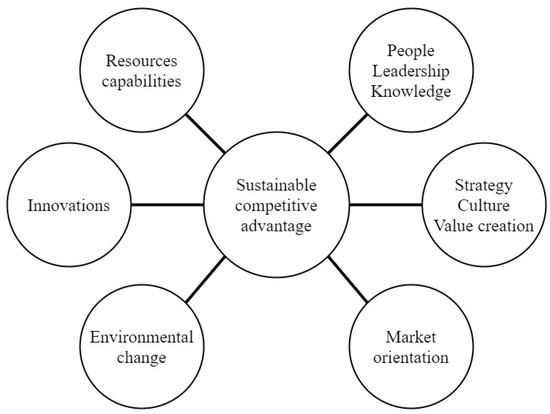
- Research competitor offerings thoroughly
- Emphasize what you do better or differently
UVP Formula:
We help [target customer] to [solve problem] by [unique solution] unlike [competitor alternative].
Building a Strong Brand Identity
-
- Choose 3-5 adjectives that describe your brand’s character
- Example: Innovative, trustworthy, eco-friendly
Create Visual Brand Elements
- Design a memorable logo using tools like Canva
- Develop a consistent color palette and typography
Craft Your Brand Voice
- Determine how your brand speaks (casual, professional, quirky)
- Create a style guide for consistent messaging across all channels
Brand Storytelling Techniques
-
- Share the inspiration behind your business
- Highlight challenges overcome and lessons learned
Customer Success Stories
- Showcase real-life examples of how you’ve helped customers
- Use the “Before-After-Bridge” framework to structure stories
Behind-the-Scenes Content
- Give customers a peek into your company culture
- Share product development processes or team member spotlights
Aligning UVP with Brand Identity
| UVP Element | Brand Identity Alignment |
|---|---|
| Target Customer | Reflect in brand voice and visuals |
| Problem Solved | Address in brand storytelling |
| Unique Solution | Highlight in logo and tagline |
| Competitor Contrast | Emphasize in brand positioning |
Testing and Refining Your UVP and Brand
-
- Use tools like Optimizely to test different UVP versions
- Measure impact on conversion rates and engagement
Customer Feedback Loops
- Conduct regular surveys using SurveyMonkey
- Monitor social media mentions for brand perception insights
Brand Audit
- Regularly assess all brand touchpoints for consistency
- Use tools like BrandMentions to track online brand presence
Case Study: Warby Parker
- UVP: High-quality, stylish eyewear at a fraction of the cost
- Brand Identity: Socially conscious, innovative, customer-focused
- Success Factors:
- Direct-to-consumer model disrupted traditional eyewear industry
- “Buy a Pair, Give a Pair” program aligns with socially conscious brand identity
- Home try-on service addresses common pain point of online eyewear shopping
Remember, your UVP and brand identity aren’t set in stone. They should evolve as your business grows and market conditions change. Keep your finger on the pulse of your customers’ needs and industry trends, and don’t be afraid to pivot when necessary. Your brand is a living, breathing entity - nurture it, and it’ll help your business thrive!
Measuring, Analyzing & Adapting Your Strategy
Let’s dive into the nitty-gritty of making sure your online business strategy is actually working. This isn’t just about crunching numbers - it’s about turning data into actionable insights that’ll skyrocket your success!
Key Performance Indicators (KPIs) to Track
-
- Unique visitors
- Page views
- Time on site
- Bounce rate
-
- Overall site conversion rate
- Landing page conversion rates
- Email signup rates
Customer Acquisition Cost (CAC)
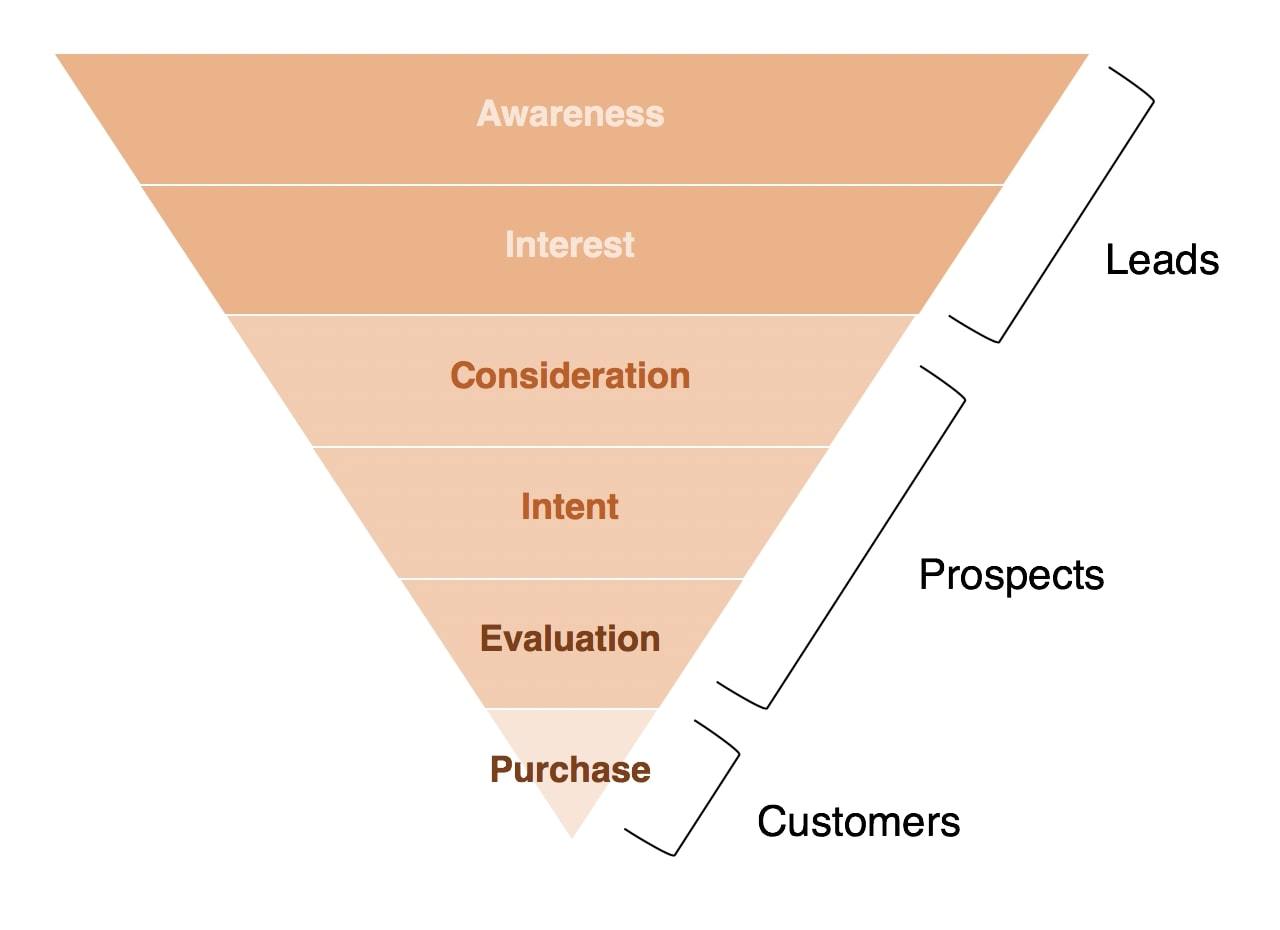
- Total marketing spend / Number of new customers
-
- Average purchase value x Average purchase frequency x Average customer lifespan
-
- (Revenue - Investment) / Investment x 100
Analytics Tools for Data-Driven Decisions
-
- Free, comprehensive web analytics
- Set up custom dashboards for quick KPI monitoring
-
- Heatmaps and user session recordings
- Understand how visitors interact with your site
-
- SEO and competitor analysis
- Track keyword rankings and backlink profiles
-
- Customer behavior analytics
- Track individual user journeys across devices
Data Analysis Techniques
-
- Group users based on shared characteristics
- Identify trends in customer behavior over time
-
- Track user progression through your sales funnel
- Identify drop-off points and optimization opportunities
-
- Test variations of web pages, emails, or ads
- Use tools like Optimizely for easy setup
Adapting Your Strategy Based on Data
| Insight | Action Item | Expected Outcome |
|---|---|---|
| High bounce rate on landing page | Redesign page layout, improve load time | Increased time on site, higher conversion rate |
| Low email open rates | Test different subject lines, sending times | Improved open rates, higher click-through rates |
| High CAC for Facebook ads | Refine targeting, test new ad creatives | Reduced CAC, improved ROI on ad spend |
| Low mobile conversion rate | Optimize site for mobile, simplify checkout | Increased mobile conversions, higher overall revenue |
Continuous Improvement Framework
Monthly Performance Reviews
- Analyze key metrics against goals
- Identify top-performing channels and content
Quarterly Strategy Adjustments
- Review overall business objectives
- Allocate resources based on data-driven insights
Annual SWOT Analysis
- Strengths: What’s working well?
- Weaknesses: Where are we falling short?
- Opportunities: What new trends can we capitalize on?
- Threats: What competitive or market forces should we watch out for?
Case Study: Zappos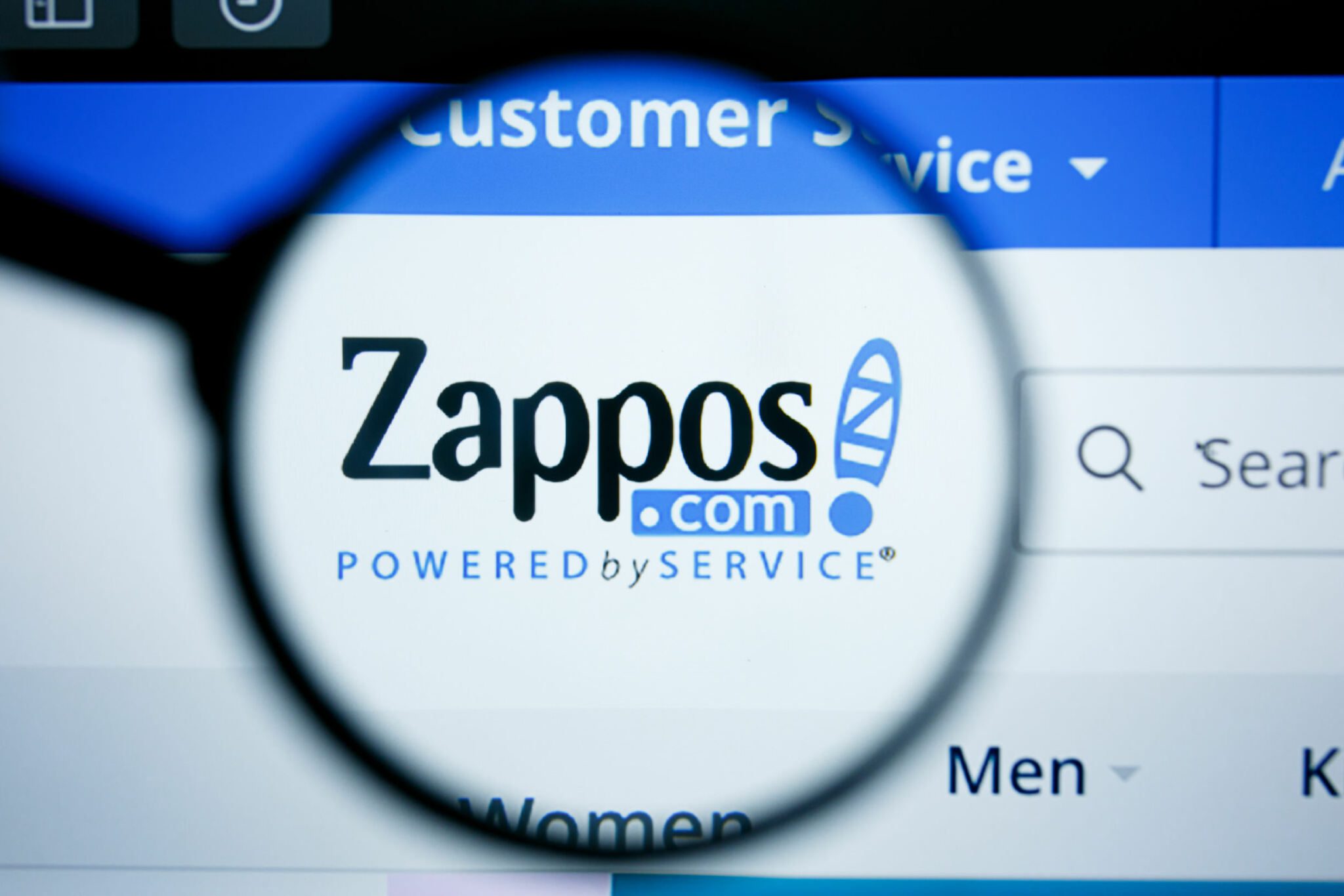
- Challenge: High return rates eating into profits
- Data Analysis: Discovered customers often ordered multiple sizes due to uncertainty
- Solution: Implemented detailed size guides and customer reviews
- Result:
- 3% reduction in return rates
- Increased customer satisfaction and loyalty
Remember, the key to successful strategy adaptation is staying agile. Don’t get too attached to any one tactic or channel. Let the data guide your decisions, but always keep your overall business goals in mind. And hey, don’t be afraid to trust your gut sometimes - data is powerful, but it’s not everything. Keep testing, keep learning, and watch your online business soar!

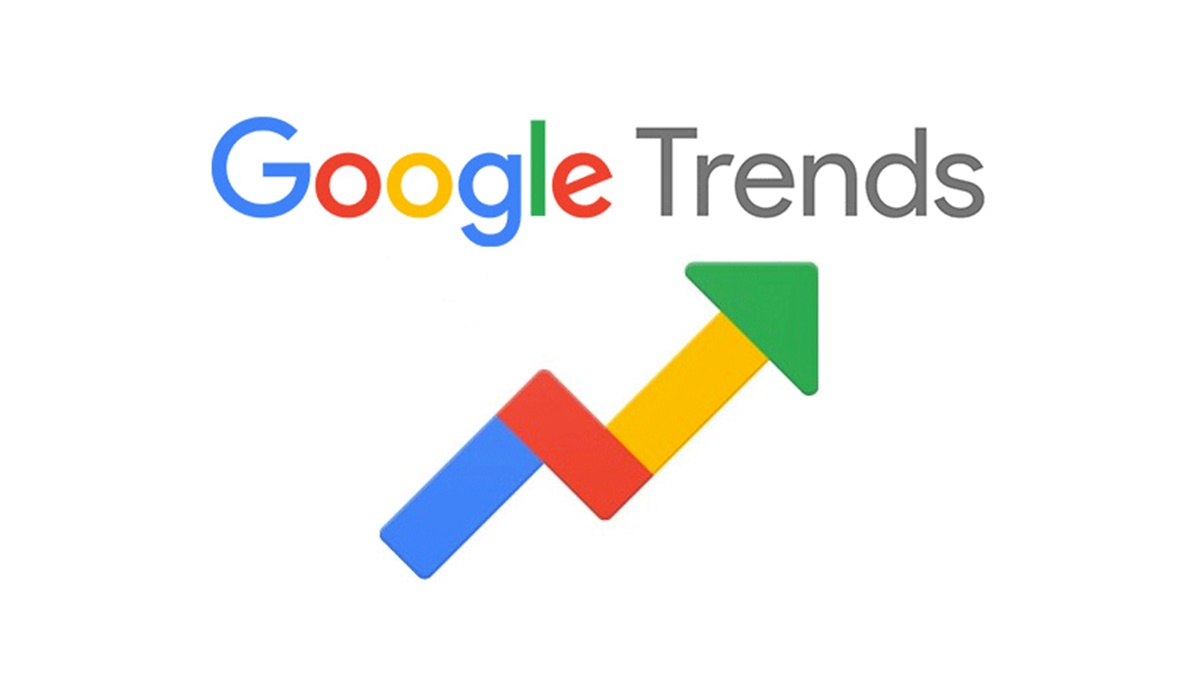
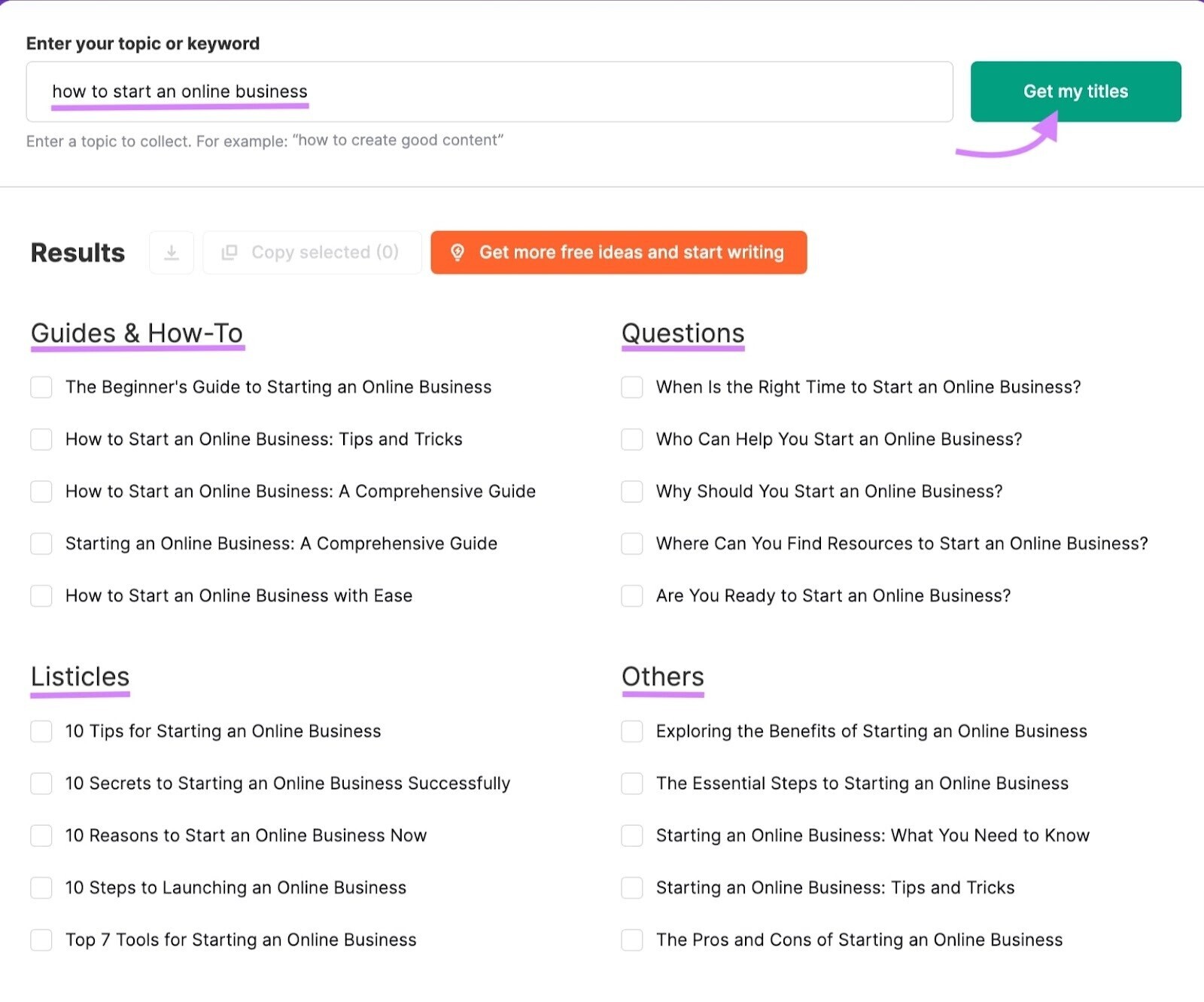
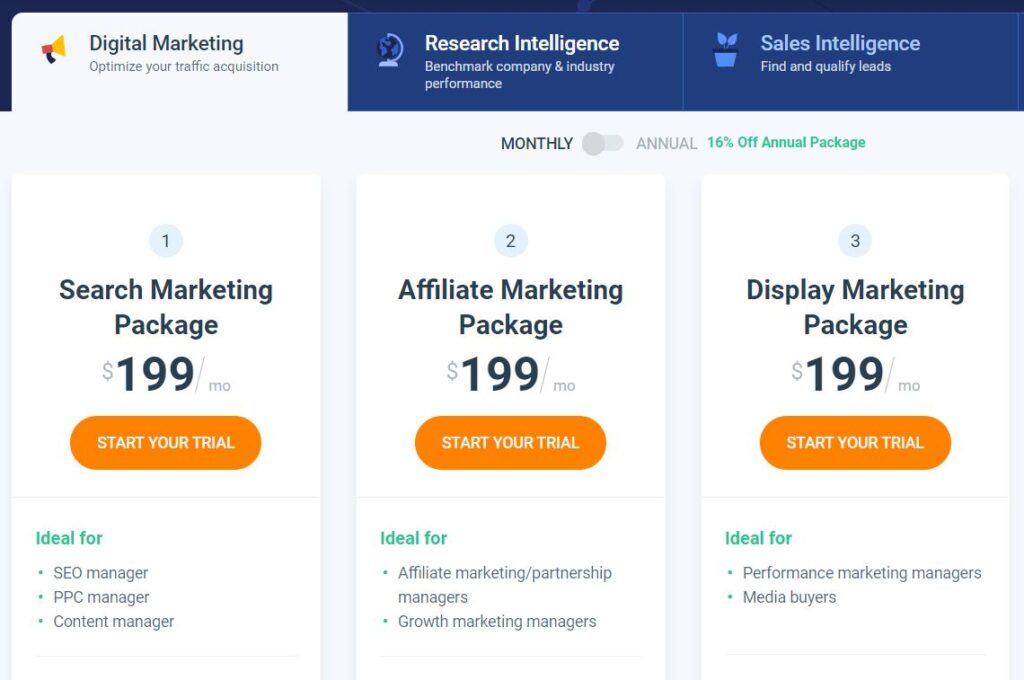
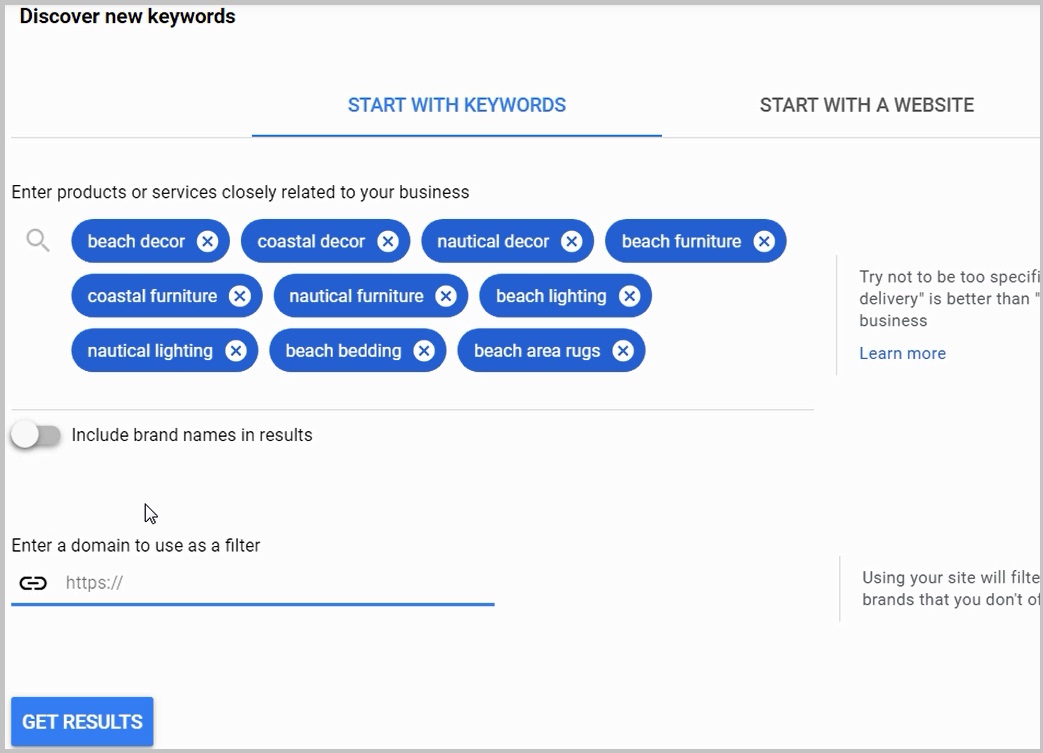
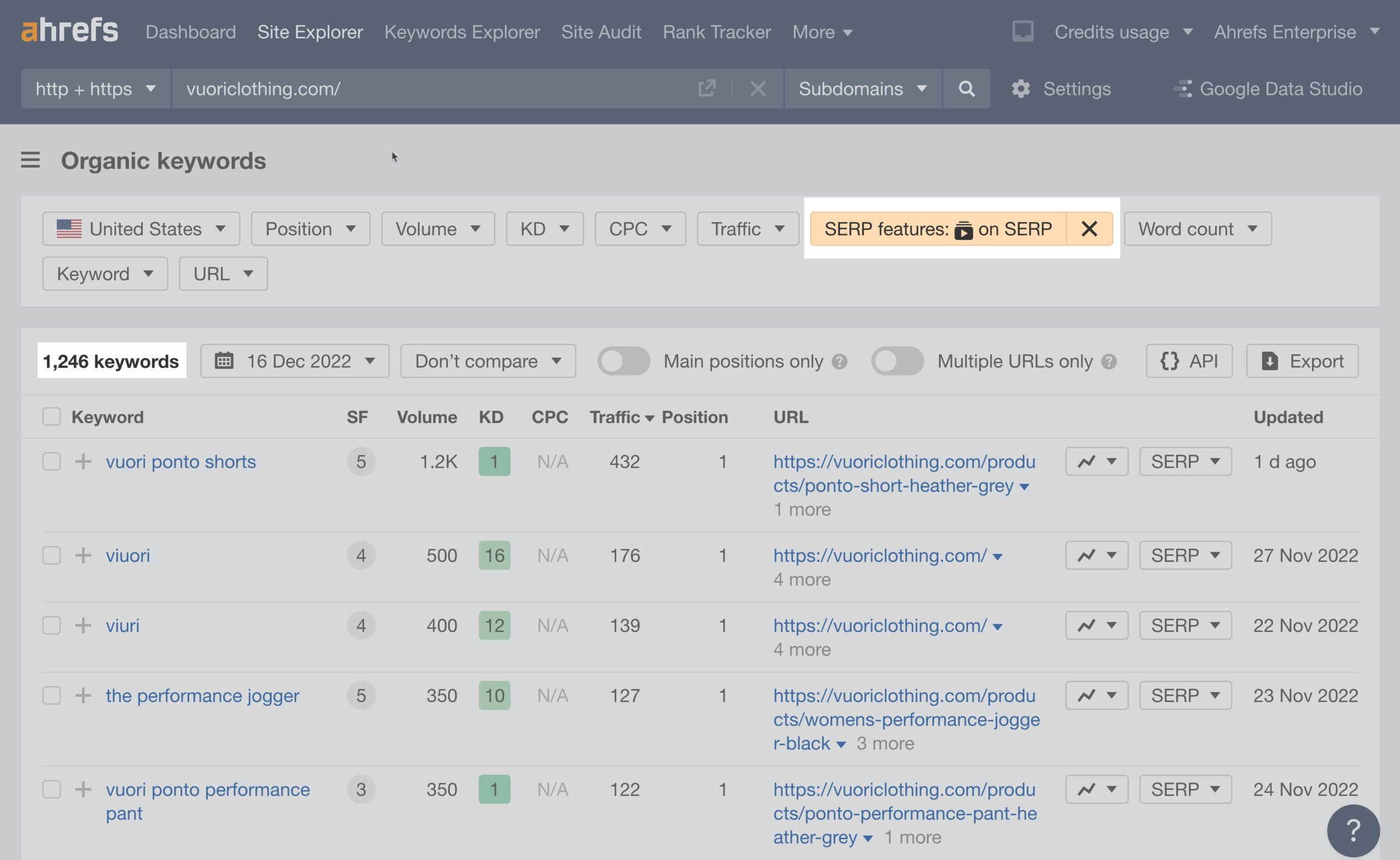
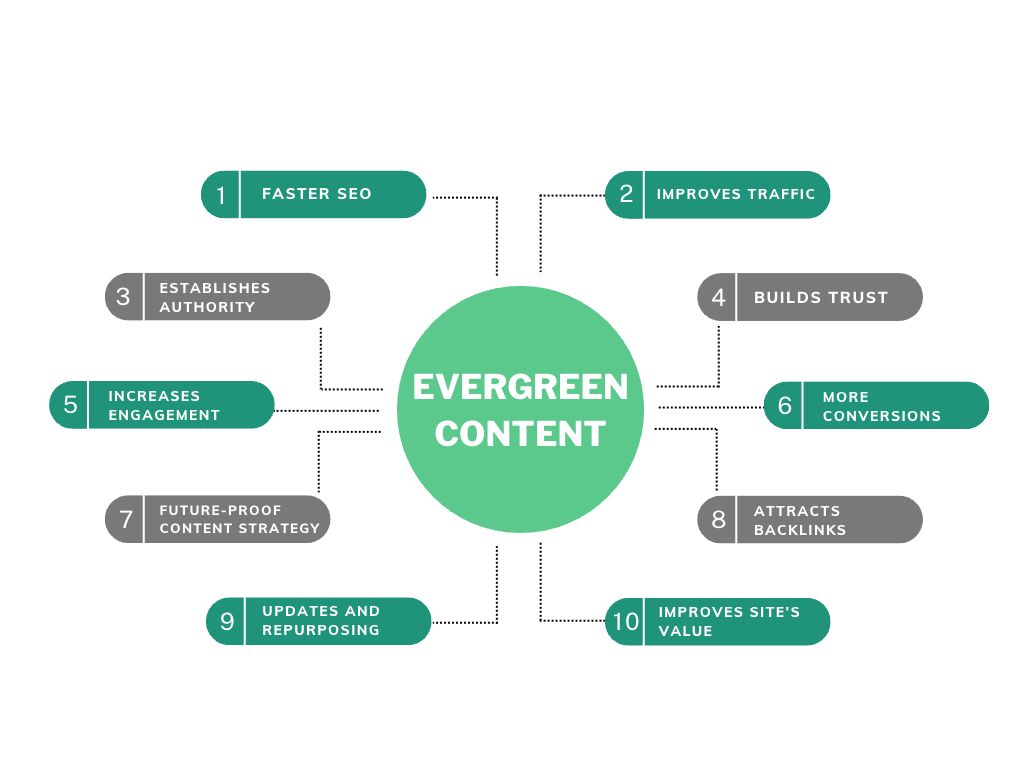



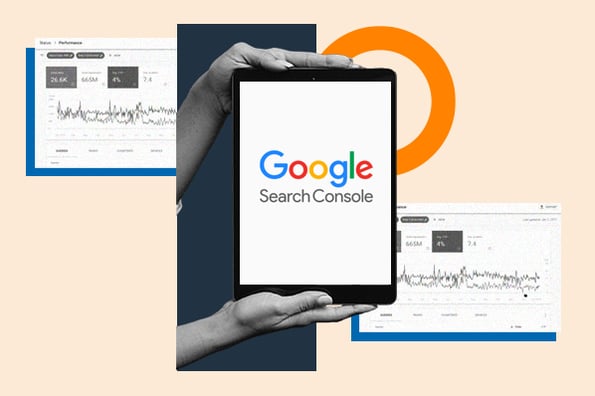


.jpg?noresize&width=666&height=375&name=Retail-multi-device-scheduling-flow-pexip-engage%20(4).jpg)

